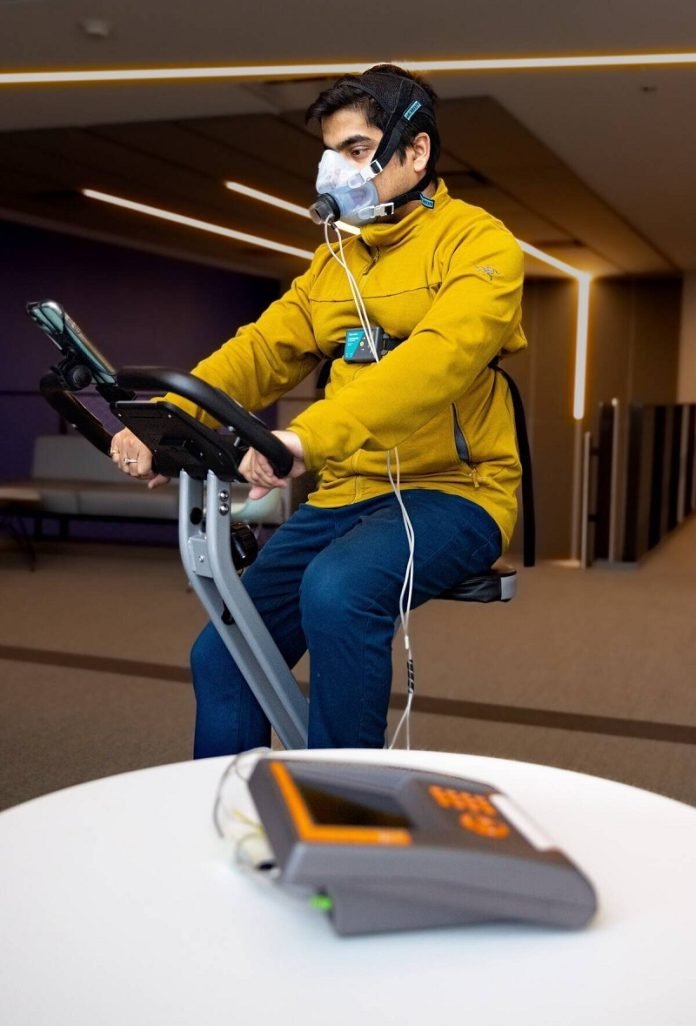
Ever wonder why your smartwatch or fitness app seems a bit off when it tells you how many calories you’ve burned after a workout?
The truth is, these gadgets often miss the mark because they don’t have the right tools to gather all the details they need. But scientists have found a cool solution that could change the game.
Researchers from Carnegie Mellon University and the Indian Institute of Technology Gandhinagar have discovered that adding a simple thermal camera to wearable devices could make them much smarter at calculating calories burned.
By keeping an eye on your breathing rate and body temperature, this little camera can help your fitness tracker make much better guesses about your workout efforts.
Right now, if you rely on a smartwatch, it could be way off — by almost 40%! But with the thermal camera trick, the error drops to just under 6%.
That’s a big deal because lots of us make decisions based on what our gadgets tell us.
For example, if you think you’ve burned 400 calories at the gym but the real number is closer to 200, you might eat more than you need, thinking you’ve got calories to spare.
Mayank Goel, a professor at Carnegie Mellon, is behind this innovative idea.
He’s always been fascinated by how technology can understand human health better, like figuring out ways to track our breathing without us noticing.
One day, a student in his lab found out you could use a thermal camera to spot the warm air we breathe out. This sparked the idea to use the camera for something bigger.
They teamed up with Rishiraj Adhikary, a visiting scholar, and started thinking about how our breath and heart rate could tell us about the calories we burn.
Usually, doctors use a special machine that looks at your heart rate, breath, and the CO2 you exhale to figure out calorie burn.
But you can’t wear this machine around. The thermal camera can’t measure CO2, but it does pick up on how hot or cold you are, which turns out to be pretty useful.
Using a mix of these insights, the team created JoulesEye. It’s a system that watches how fast you breathe and how your temperature changes to guess how many calories you’re burning.
They tested it with people running or biking, and it worked really well, nearly as good as the big machines doctors use.
This tech could not only help everyday fitness fans but also athletes and people with health conditions like diabetes or heart disease keep better track of their energy use.
They’re planning to present their findings at a big tech conference in Australia and have even published their work for other scientists to see.
The best part? Adding this tech to wearables won’t break the bank since thermal cameras cost as little as $45.
The team is now working on using even cheaper cameras to cut costs further and make sure the device respects your privacy.
Their next goal is to make the system work faster. They want to get all the data they need in the same time it takes for you to glance at your watch.
Imagine that — a quick look at your wrist, and you know exactly how hard you’ve worked. This could be a game-changer for how we understand our workouts and our health.



